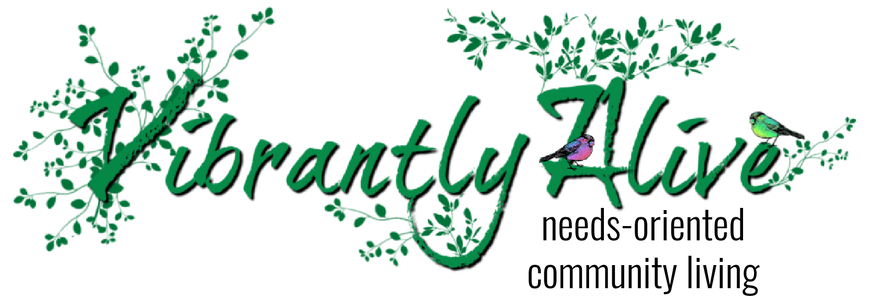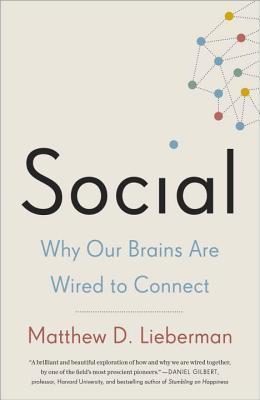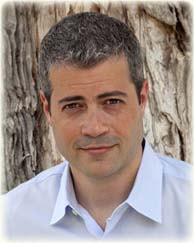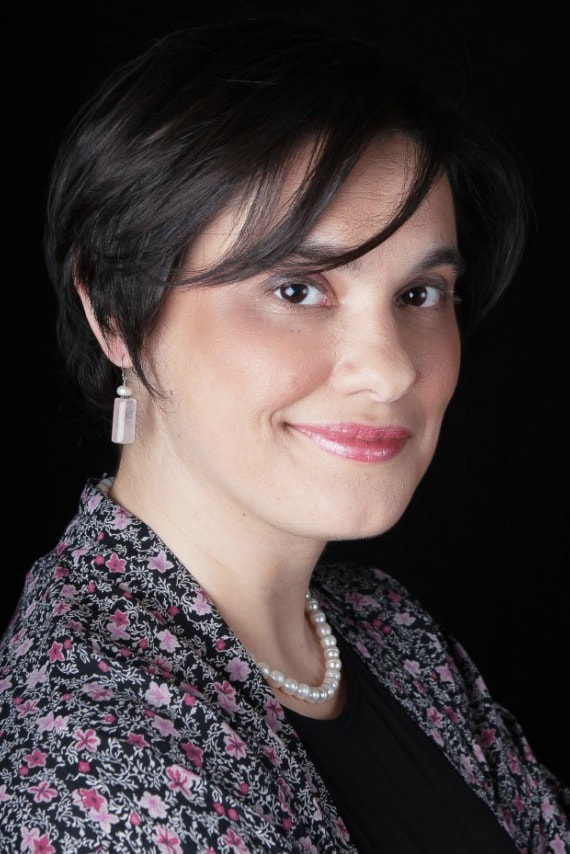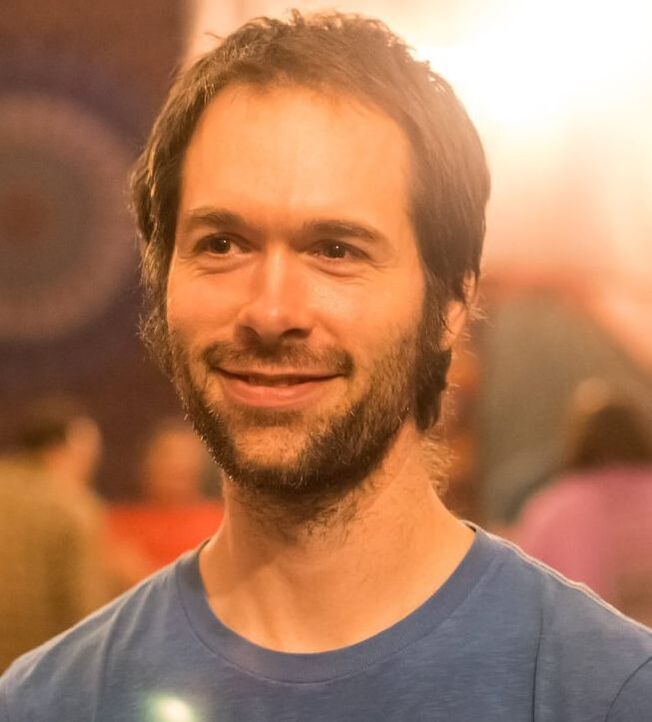|
The first book I'm recommending in this series is Social: Why Our Brains are Wired to Connect by Matthew Lieberman.
This book did not disappoint! I have such a better grasp on WHY we need connection with other humans and what physical mechanisms are impacted within me. I find now almost ZERO self-judgement when I feel lonely, and instead, an almost fierce self-protection in my "right" to long for social connection, and a greater willingness to try to cultivate a social life. About the Author
The Table of contents
Readability: How is the EXPERIENCE of reading it?There were definitely some new words I needed to look up. I would jot the definitions in the margins near the words, but there were not so many that it intruded on the experience of reading. There were a lot of names for the regions of the brains that I didn't know, but he defines these for you and reminds you again and again throughout the book so it didn't feel alienating. It felt like learning not like I needed a certain level of preknowledge to understand what he was saying. (So science-y but accessible!) The author shares plenty of fun stories from his own life and research to illustrate the points he's making, including embarrassing college stories! His voice is present through out the book, which is really helpful; it feels like chatting with your smart friend over coffee when they are gleefully explaining their passion. It was so interesting I found it difficult to put down; I burned through it pretty quickly. I haven't been able to stop talking about it! How is it Relevant to Learning NVC?First and foremost, "connection" is considered a universal human need. It's my belief/understanding that connection is one of the core human needs; other needs may actually be strategies to meet this need (ie meeting my need for touch or community meets my need for connection). One of my goals is to learn more in-depth about each of our human needs, so reading this book and deepening my understanding of the physiology of connection was really really useful for me. In addition to that, this book is chock full of NVC consciousness and needs awareness in general! I noticed several other human needs in the subtext so frequently that I started jotting the needs I saw in the margins! I also noticed other components of NVC (like observations, for example) and noted those in the margins as well. There were a few times as I was reading that I wondered if the author had been to some NVC trainings! He also talks about what is happening in the brain that may be vitally important in our ability to give and receive empathy. I plan to reread that section! SOme things I learned
Want to read it too?If you want to read it too, here is a link to where you can order the book from Bookdepository.com, which is where my husband and I tend to get most of our books. Just a clear heads up: if you use this link, I get a small referral commission, which helps me to cover my own costs. It wont cost you anything more, in fact Book Depository is usually more affordable than Amazon or walk-in bookstores, with free worldwide shipping. You can always go to a library for free! I enjoy the non-commercialism of libraries AND my husband and I want to have our own, home library. Also, I enjoy highlighting and making notes in the book, which I can't do if I have to return it, so. . . ¯\_(ツ)_/¯ Leave a comment belowAfter you've read it, let me know what you think down below! :D
|
Selene Aswell
|
